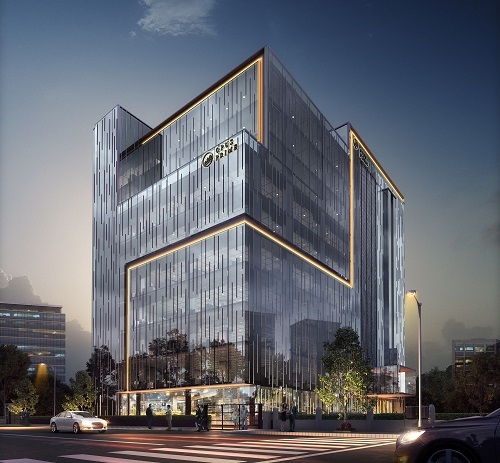The fields of architecture and technology are inextricably linked and have influenced one another for millennia. Architecture has provided the design thinking and framework for technological progress, while technology has allowed architects to explore design and build in previously unimaginable ways. Technology has consistently expanded the bounds of what is possible in architecture, from the introduction of the arch to the advent of steel frame building.
At the same time, sustainable building methods and other technological advancements have been spawned directly or indirectly from architectural research and development. With the advent of cutting-edge tools like 3D printing and virtual reality, the nexus between architecture and technology has never been more substantial. The currently available technology has caused a fundamental shift in how buildings are designed, constructed, and maintained. Architects can create highly complex, ecologically friendly structures with today’s computational tools and Building Information Modelling (BIM) software.
Using robotics in architecture will gain popularity as a tool that can be included in the design process at nearly every stage, from fundamental site analysis to actual construction. Because of its adaptability, robotic systems can address various design challenges, making this technology appealing to the architectural community. Using robotics is expected to revolutionize the design process and enable architects to build futuristic, sustainable structures that were previously inconceivable.

Designing for a shift
Robotic fabrication, 3D printing, and autonomous building are examples of how robotics in architecture is revolutionizing the design industry and influencing new practices and outcomes. Cases for robotics are already part of the next generation of digitalizing architecture practice. The architectural sector’s digital revolution includes computer-aided design (CAD) and computer-aided manufacturing (CAM) tools and technology.
Generally, robotics in architecture and design is still in its early phases. Still, as these technologies become more widely available and affordable, the industry cannot avoid shifting toward them. Its use in advanced countries has demonstrated how it enables architects to produce more intricate, precise, and sustainable designs while also boosting efficiency, productivity, and safety. Robotics in architecture are set to transform the design landscape. In the future, we anticipate seeing even more significant changes in how buildings get created and planned as these technologies develop.
Architects will deploy robotics to produce more complex and accurate blueprints because robots can perform laborious tasks that humans cannot, and unique and intricate designs are possible. These machines speed up the prototyping and iteration processes, as robotic manufacturing allows architects to create physical models of their designs quickly and accurately. Architects will be able to focus on the pure design and user experience while resting the repetitive or commendable jobs on the robots to ensure faster and process-driven timely solutions.
In conclusion, there are several ways in which the use of robots in the building industry could be beneficial. Using robots, which can complete many construction-related jobs in less time and cost effective than human capacity, can boost productivity and revenue for design firms. In addition, they can help make building more eco-friendly by optimising resource utilisation and decreasing waste. Robots protect human construction site employees from harm because they can access previously inaccessible regions without using heavy equipment or risky physical labour. Because of these benefits, using robots in architecture is expected to increase and develop in the coming years, which may eventually result in saving project cost for the architectural design industry in the long run.


